Soar Anyway
This is a story reflecting on humility, elevation, and active imagination.
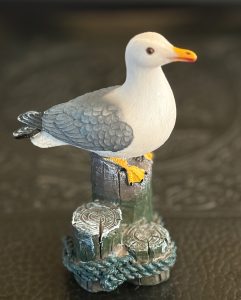 It started in Eckernförde, Germany, a fishing port and resort town on the Baltic Sea almost in Denmark. Its name means “squirrel” the name of an old fort there, and low German for fjord. The week we were there was glorious. A sunny departure from the overcast, rainy July. Being a seaport there were many sea gulls, our guests on the long walks along the Baltic to the old downtown. As is my custom, I wanted a small symbol of this trip that I could keep in my studio. We found a small shop that had little seagulls sitting on piers. Perfect!
It started in Eckernförde, Germany, a fishing port and resort town on the Baltic Sea almost in Denmark. Its name means “squirrel” the name of an old fort there, and low German for fjord. The week we were there was glorious. A sunny departure from the overcast, rainy July. Being a seaport there were many sea gulls, our guests on the long walks along the Baltic to the old downtown. As is my custom, I wanted a small symbol of this trip that I could keep in my studio. We found a small shop that had little seagulls sitting on piers. Perfect!
Immediately I had an answer. “It’s okay to be one of many,” the little gull said. “Soar anyway!”
As I heard the little gull in my mind, I remembered long ago reading Johnathan Living Seagull, a little fable about a seagull that dared to soar higher than the others, and experienced humiliation and rejection for a while, but persisted anyway. I had been touched by that story. I not only dream of flying but love to fly in my own imagination through worlds of ideas and understandings.
So, I named by new journal “SOAR ANYWAY.” And this command has been working away in my awareness. I trust that just holding a thought like this will pull out my deeper wisdom like a magnet collecting iron ore at the beach.
Here are some examples.
Amateur Facing Change
These days I am increasingly questioning how I spend my time, knowing that so many things I believe in and care about are under assault. I am sometimes feeling like a person watching a mudslide, feeling helpless. And then I read posts by people saying, “take a stand, resist, confront—we’re losing too much.” My name is David, after all, and he defeated Goliath. In fact, one of my early inspirations was the editorial cartoonist Robert Bastian (who passed in 1970) and his image of a small guy with a sword looking up at a giant Goliath, over a caption that has Goliath saying “Amateur.” I’ve loved being an amateur, and turned it into an art form as a graphic facilitator who is not an expert, but a supporter of listening. Now as a write and coach I ask myself, what can I do that would like that stone?
But I have questions about this association. Is this thought just a branch off the tree of the American exceptionalism narrative, that we must compete, excel, dominate and be the best? Is just being me and doing as much as I can with my remaining time be enough? Am I really okay with being one among many?
And what does “Soar Anyway” mean? I do believe that I have a higher self, an inner beingness that was there in the beginning. I believe it is connected to other life and to the light. I’ve had experiences of personal incandescence when my sense of purpose was bright, and I felt at one with others and nature. I can feel soaring my body, then. I feel it a bit just writing this.
Walking with Jesus
Another reflection came. Just this morning, I was walking our little dog down to get the newspaper, a real paper-printed newspaper. (I think it’s an homage to by training as a journalist back when Chicago had four dailies.) I was wearing the Birkenstock sandals Gisela gave me last year. I wrote about these several posts ago in a piece called “Walking with Jesus.” A feeling of being with my Christ energy has sustained itself when I walk with these sandals. I can’t go fast. I have to feel my steps. I imagine Jesus just being himself, confident of the Kingdom of God, walking lovingly and humanly through a country dominated by the Roman Empire. Is that what it might mean to “Be okay with being one among many?”
You might think that Jesus felt elevated or better than others. But the scriptures don’t paint that picture for me. They share about a man who experienced doubt, and rage at injustice, and compassion for the lowliest. He was just one, but open to the divine.
Humility at the GLEN Café
Let me share a final reflection, actually a continuation, because my inquiry is going to continue, I suspect. This morning at the GLEN Café (This is the Grove’s Global Learning & Exchange Network), the revolving host, Bud Wilson, suggested that we use as a check-in the prompt “humility.” He asked everyone to stand and reflect on how humility shows up in our bodies and then share what we experience. A fascinating dialogue ensued, where we explored the connection between humility and awe, humiliation and cruelty, shame and the inner feeling of “not enough.” I keep thinking about my seagull and even shared the story with everyone. We ended reflecting on how many are being shamed these days, for being the wrong color, the wrong sexual orientation, for not having money, for not being “exceptional.” And we had all touched in on our own experiences of being humble, being humiliated, feeling shame.
I conclude this reflection knowing deeply that I am indeed only one among many, and that I am going to soar anyway, into words and active imagination, into coaching and supporting other creatives, and the hope that a new narrative of hope and inclusiveness will emerge from these times.

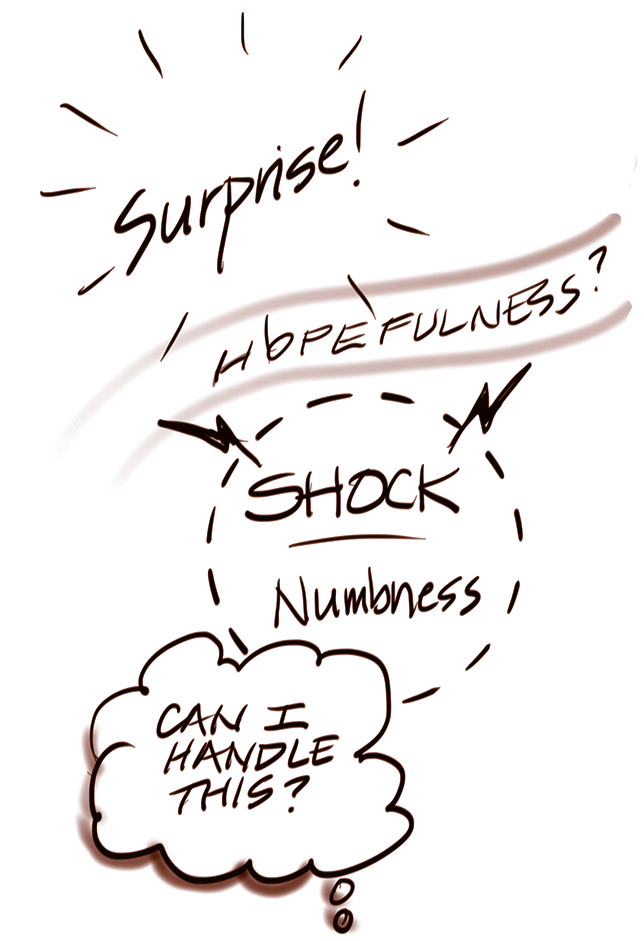 How does one sense seismic change at a systemic level? There’s not much debate that one happened with the landslide election of Donald Trump as President of the United States. But it is not clear, really, what this will mean.
How does one sense seismic change at a systemic level? There’s not much debate that one happened with the landslide election of Donald Trump as President of the United States. But it is not clear, really, what this will mean. their hands. We’ve underfunded vocational programs, kept social foot on the gas of “higher education” as the respected goal, and cranked up the social algorithms that are, in the name of “free speech” mainlining ever crazier material to young people on their phones and computers. My own extended family reflects some of this challenge. But rather than judgment I find myself feeling compassion. It’s clear that people at the economic bottom of the most extreme wealth differential since the 1920s are struggling and fed up. High butter, egg, and milk prices matter when you live on the edge.
their hands. We’ve underfunded vocational programs, kept social foot on the gas of “higher education” as the respected goal, and cranked up the social algorithms that are, in the name of “free speech” mainlining ever crazier material to young people on their phones and computers. My own extended family reflects some of this challenge. But rather than judgment I find myself feeling compassion. It’s clear that people at the economic bottom of the most extreme wealth differential since the 1920s are struggling and fed up. High butter, egg, and milk prices matter when you live on the edge.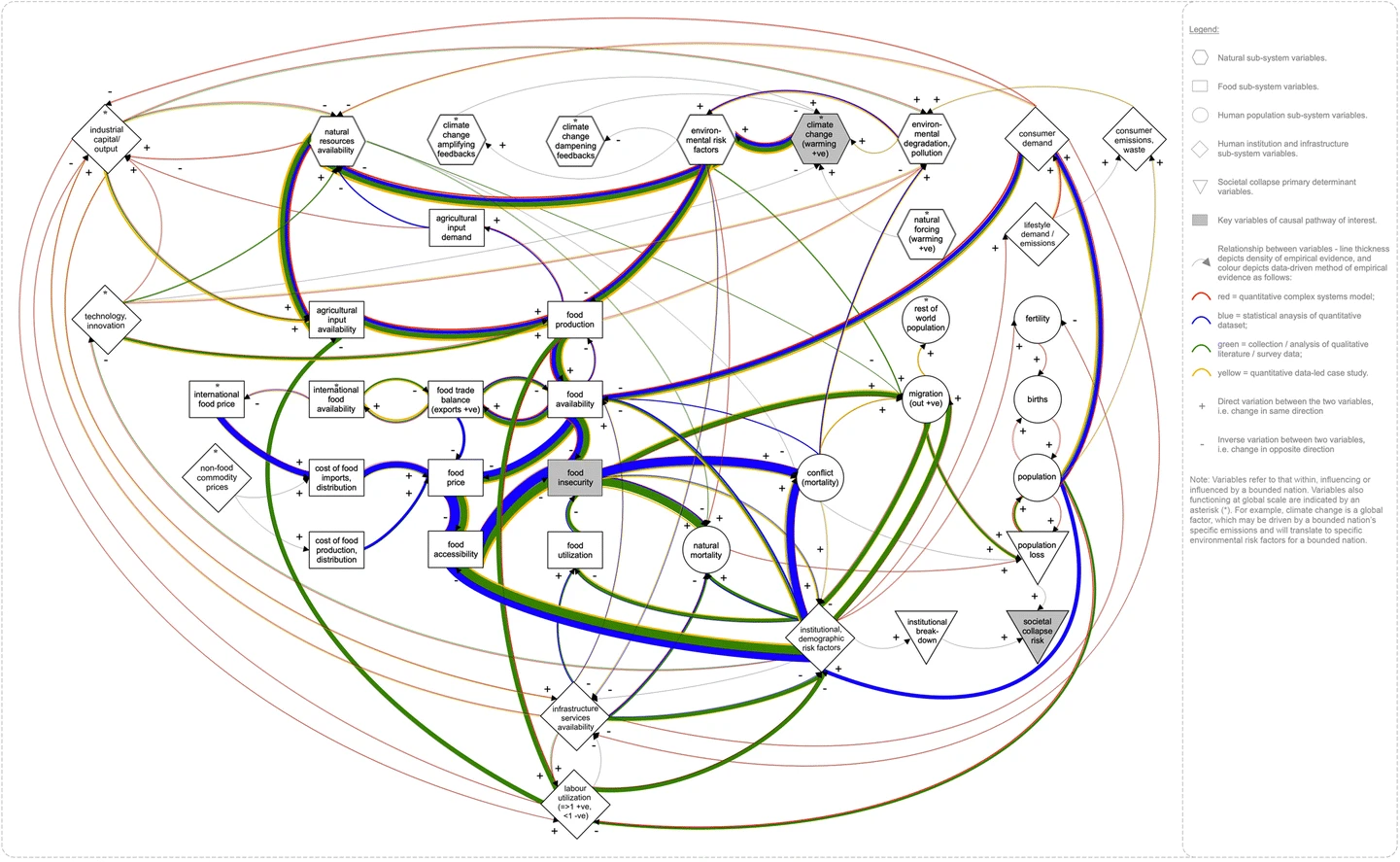 I’m getting more fearful as I type this list, presented as a tightening in my chest. The chances of severe dysfunction couldn’t be higher, even if Trump were not in office.
I’m getting more fearful as I type this list, presented as a tightening in my chest. The chances of severe dysfunction couldn’t be higher, even if Trump were not in office.
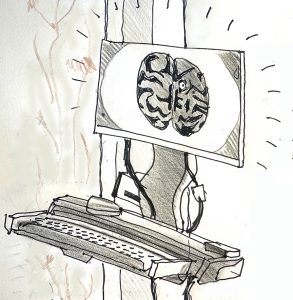 Thirty minutes later after a drive to a nearby emergency room I was in a CAT scan and found that I had a half inch long hemorrhagic bleed (stroke) on the surface of my right, central cortex, near my left side motor controls. I could feel the skin on my leg. I could move it with my big muscles, but I was not in control of it. Needless to say, I was on my back at 30 degrees angle the next two days, awakened every hour for a complete check on my cognition, eye movements, hands, leg lifts—all through the night.
Thirty minutes later after a drive to a nearby emergency room I was in a CAT scan and found that I had a half inch long hemorrhagic bleed (stroke) on the surface of my right, central cortex, near my left side motor controls. I could feel the skin on my leg. I could move it with my big muscles, but I was not in control of it. Needless to say, I was on my back at 30 degrees angle the next two days, awakened every hour for a complete check on my cognition, eye movements, hands, leg lifts—all through the night.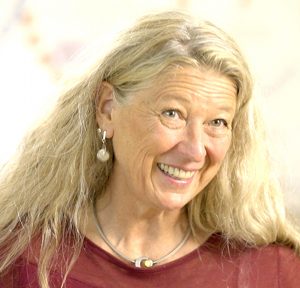 This September Gisela Wendling became CEO of The Grove Consultants International, the comp
This September Gisela Wendling became CEO of The Grove Consultants International, the comp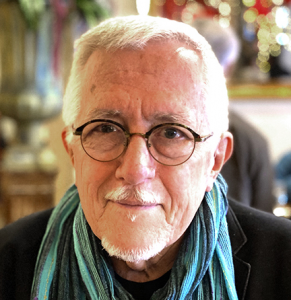 any that I began in 1977 as Sibbet & Associates, and led through its incorporation as Graphic Guides, Inc. in 1988 and then the name change to The Grove in 1993. I want to share some reflections about our succession process, which is guiding me into the wonderful territory of life change.
any that I began in 1977 as Sibbet & Associates, and led through its incorporation as Graphic Guides, Inc. in 1988 and then the name change to The Grove in 1993. I want to share some reflections about our succession process, which is guiding me into the wonderful territory of life change.